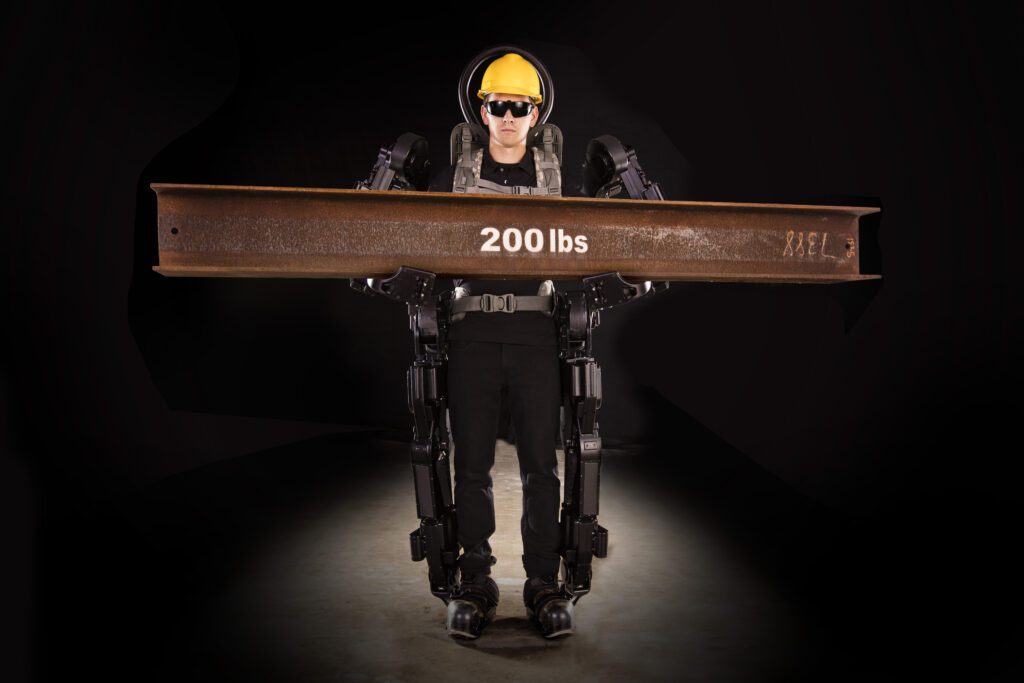Advancements in soldier protection, from exoskeletons to smart armor, are revolutionizing military gear. Exoskeletons, such as the Tactical Assault Light Operator Suit (TALOS), enhance strength, agility, and endurance while incorporating advanced sensors for real-time health monitoring. Traditional body armor has evolved to be lightweight and flexible, using materials like advanced ceramics and aramid fibers. Smart armor integrates sensors and data analysis capabilities to provide real-time monitoring of vital signs and environmental conditions, improving survivability and mission effectiveness. Challenges include balancing protection with weight and mobility, as well as cost and scalability. Continued research and innovation will further enhance soldier protection on the battlefield.
From Exoskeletons to Smart Armor: Advancements in Soldier Protection
Introduction
The relentless pursuit of enhancing soldier protection has led to significant advancements in technology and materials used in military gear. From exoskeletons designed to enhance physical strength and endurance to smart armor capable of providing real-time monitoring and data analysis, these innovations are revolutionizing soldier protection on the battlefield.
Exoskeletons: Strength and Endurance Boosters
Exoskeletons have gained considerable attention in the military community due to their potential to augment soldiers’ physical abilities. These exoskeleton suits are designed to provide support, enhance strength, and reduce fatigue during extended operations. By redistributing loads and decreasing strain on muscles and joints, exoskeletons can significantly improve a soldier’s endurance, allowing them to carry heavier loads over longer distances.
One example of an exoskeleton is the Tactical Assault Light Operator Suit (TALOS) developed by the United States Special Operations Command. TALOS not only enhances strength, agility, and endurance but also incorporates advanced sensors for real-time health monitoring. This data-driven approach ensures that soldiers are aware of their physical condition and can respond accordingly in high-stress situations.
Advanced Body Armor: Lightweight and Flexible
Traditional body armor has evolved over the years, shifting from heavy and restrictive materials to lightweight but highly effective solutions. Modern body armor is designed to provide better protection while allowing for increased mobility on the battlefield.
Materials such as advanced ceramics, ultra-high molecular weight polyethylene (UHMWPE), and aramid fibers are now widely used in manufacturing bullet-resistant plates. These materials offer exceptional strength and durability while significantly reducing weight. In addition, flexible armor panels made of innovative fabrics and composites provide improved coverage and reduced fatigue during prolonged deployments.
Smart Armor: Real-Time Monitoring and Data Analysis
The integration of smart technology into soldier protection systems has immense potential for improving survivability and enhancing mission effectiveness. Smart armor incorporates sensors, communication modules, and data analysis capabilities to provide real-time monitoring of a soldier’s vital signs and environmental conditions.
These systems can detect potential hazards, such as chemical or biological agents, and alert soldiers promptly. They can also monitor hydration levels, body temperature, heart rate, and fatigue, providing critical information to both the soldier and command centers. This data-driven approach enables proactive measures to be taken, ensuring optimal performance and reducing the risk of physical or mental strain.
Future Developments and Challenges
The advancements in soldier protection technology are expected to continue at a rapid pace. Research into advanced materials, energy harvesting systems, and even the use of nanotechnology holds great promise for the future.
However, several challenges remain. One of the primary obstacles is balancing optimal protection with weight and mobility. As soldiers take on increasingly complex missions, they need lightweight equipment that does not hinder their movement while maintaining a high level of protection.
Additionally, cost and scalability are significant considerations when introducing new technologies to a large military force. Extensive testing, evaluation, and integration within existing infrastructure are required to ensure seamless adoption.
Conclusion
The advancements in soldier protection, from exoskeletons to smart armor, bring unprecedented capabilities to the military field. These technologies enhance the physical abilities of soldiers, provide real-time monitoring and data analysis, and offer lightweight but effective protection against various threats.
As the world becomes increasingly complex and dangerous, these advancements play a crucial role in ensuring the safety and effectiveness of our armed forces. With continued research and innovation, future soldiers will benefit from even more advanced protection systems, further increasing their survivability and mission success rates on the frontline.
